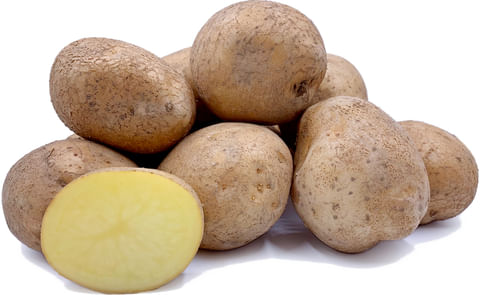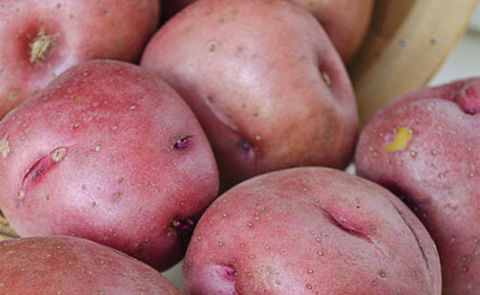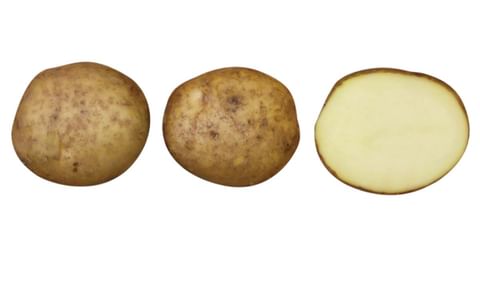Potato cultivation in the Philippines is primarily concentrated in the highland regions of Northern Luzon, where the cool climate and favorable elevation provide optimal conditions for production. The Cordillera Administrative Region (CAR), particularly Benguet Province, serves as the leading hub, contributing over 60% of the country’s total potato output. Other important production areas include Mountain Province, Bukidnon, and Canlaon City in Negros Oriental—locations typically situated between 1,200 to 2,000 meters above sea level, which enhances crop performance.
The Potato Systems Research and Training Center (PSRTC), located in Canlaon City, is a key institution that supplies quality planting materials and provides technical training to farmers.
The most widely cultivated table variety is Granola, valued for its adaptability and consistent yields. Additional varieties such as Conchita, Cosima, Red Pontiac, Solibao (BSU PO3), Franze, and Asterix are also grown across these regions. The Igorota and Bengueta varieties, developed by Benguet State University, are preferred due to their superior yield potential, disease resistance, and suitability to local agro-climatic conditions.
According to the Food and Agriculture Organization (FAO), in 2023 the Philippines harvested 6,222 hectares of potatoes, producing approximately 100,055 metric tons with an average yield of 16,080.7 kilograms per hectare.
Potato cultivation in the Philippines traces its origins to the Spanish colonial period, likely introduced in the 18th or 19th century through the Columbian Exchange, which facilitated the movement of crops from the Americas to Asia.
Since its introduction, the crop has become well-established, particularly in the high-altitude regions of Northern Luzon. The Cordillera Administrative Region (CAR), especially the provinces of Benguet and Mountain Province, has played a central role in the country’s potato-growing history due to its favorable climate and nutrient-rich soils that support optimal tuber development.
These conditions made the region ideal for sustaining long-term potato production, giving rise to the Philippines’ most enduring tradition of potato farming. Over the years, this highland region has continued to serve as the backbone of the country’s potato sector, benefiting from ongoing agricultural research, training programs, and a supportive farming infrastructure that have strengthened its role in national food production.
Agricultural Statistics for philippines
Loading...
Consumption Statistics Philippines
| Potatoes (Fresh and Processed) , Consumption (Crop Equivalent) in 2021: | 3.41 | kg/capita/year | ℹ | Potatoes (Fresh and Processed) |
| Sweet Potatoes , Consumption (Crop Equivalent) in 2021: | 4.54 | kg/capita/year | ℹ | Sweet Potatoes |
| Potatoes (Fresh and Processed) , Consumption (Crop Equivalent) in 2020: | 3.12 | kg/capita/year | ℹ | Potatoes (Fresh and Processed) |
| Sweet Potatoes , Consumption (Crop Equivalent) in 2020: | 4.61 | kg/capita/year | ℹ | Sweet Potatoes |
| Potatoes (Fresh and Processed) , Consumption (Crop Equivalent) in 2019: | 3.63 | kg/capita/year | ℹ | Potatoes (Fresh and Processed) |
| Sweet Potatoes , Consumption (Crop Equivalent) in 2019: | 4.50 | kg/capita/year | ℹ | Sweet Potatoes |
| Potatoes (Fresh and Processed) , Consumption (Crop Equivalent) in 2018: | 3.47 | kg/capita/year | ℹ | Potatoes (Fresh and Processed) |








